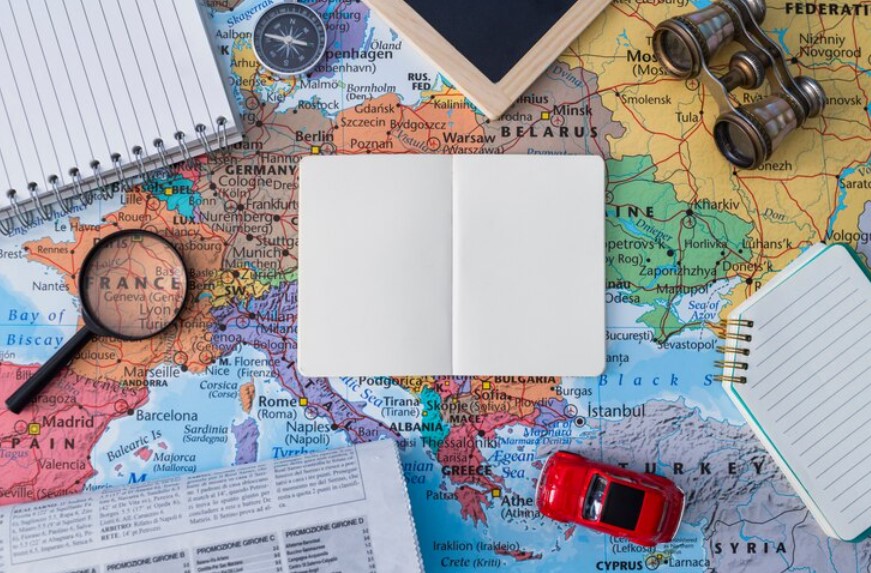
From 12 October 2025, Australians travelling to Europe can expect changes at the border — and possibly longer waiting times. The European Union is rolling out a digital Entry/Exit System (EES) across the Schengen area, replacing manual passport stamps with biometric and electronic controls.
What Changes Under the New Rules
Until now, visitors to Schengen countries—including Australians—would get their passports stamped upon arrival and departure. Under the new system:
What the Schengen Zone Means for Travellers
The Schengen area comprises 29 European countries that allow passport-free movement among them. Destinations like France, Germany, Italy, Spain, Greece, Portugal, and Switzerland are part of this zone.
However, some popular European destinations lie outside the Schengen system, meaning travellers will not be subject to EES rules there. These include:
Even under the new system, the core stay limit remains: travellers can still spend up to 90 days in any 180-day window within the Schengen states. Overstays can trigger fines, detention, or bans from entering the EU in the future.
Tips for Australian Travellers
To navigate the new rules smoothly, consider these tips:
Why Accommodation Choices in Melbourne CBD Matter Too
For Australians planning trips to Europe, Melbourne often plays a connecting or stopover role. When staying in or departing from Melbourne, choosing the right accommodation becomes part of the travel equation. Serviced apartments in Melbourne CBD are an excellent option. They combine space, comfort, and amenities — offering full kitchens, laundry facilities, separate living spaces, and flexible stay durations. For instance, providers like Corporate Keys offer competitively priced serviced apartment options in Melbourne with weekly or monthly rates, making them ideal either for rest before a long flight or for accommodating delays caused by new border procedures.